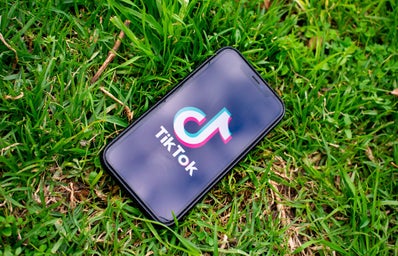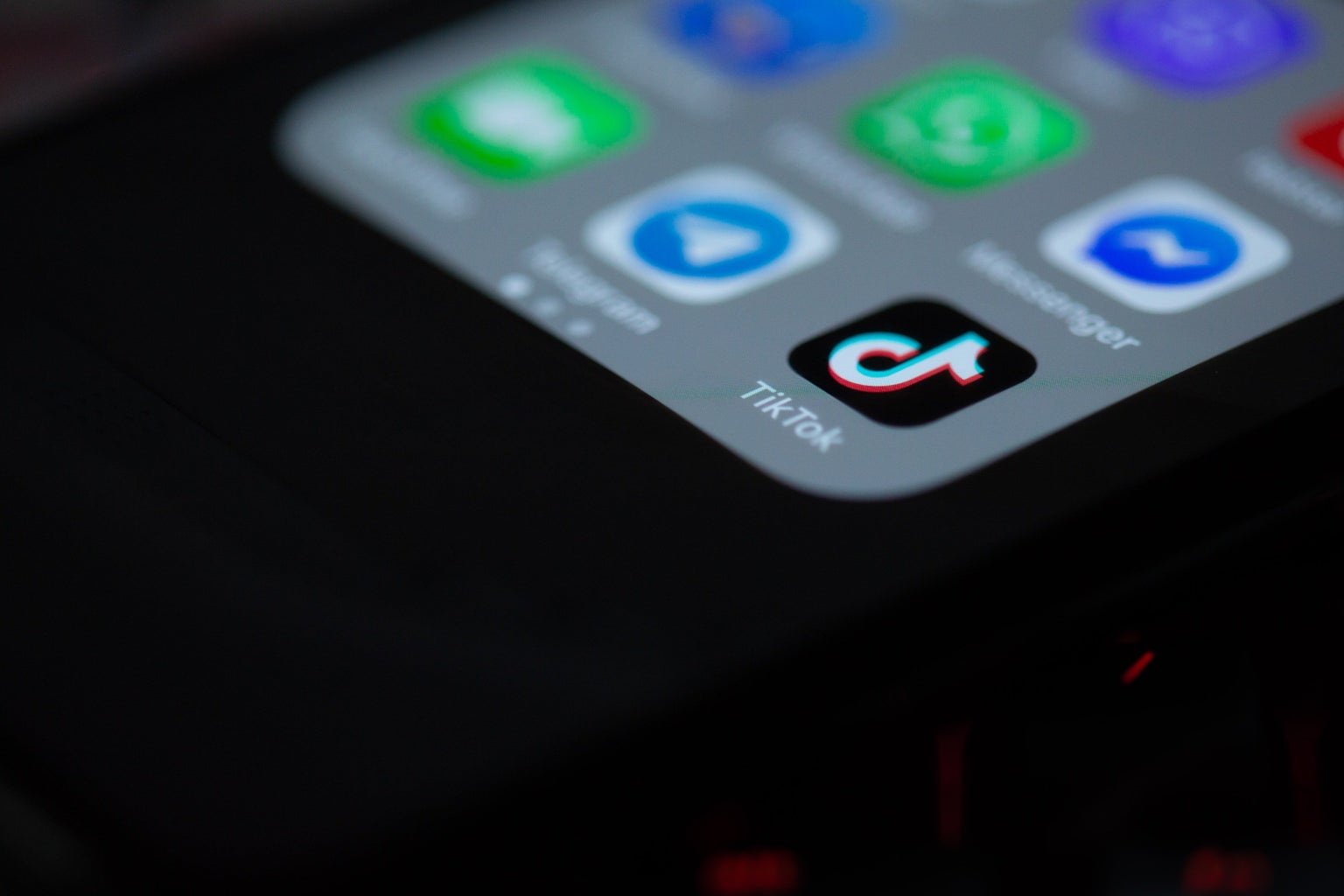The TikTok goes like this; first, the laugh, and then, what is now all too familiar, the sound of “Nothing bad ever happens to the Kennedys” being said over a roaring engine, while a girl lip syncs to it and the caption reads “2020 can’t get any worse.” The sound then goes quiet as the girl covers her mouth and the caption switches to “Loses my f***ing eye.”
The video is as simple as that. Except for the scab below her left eye, nothing is too out of the ordinary. 300,000 likes and 10,000 followers later, Vanessa Wright has finally achieved most teenagers’ goal of going viral on the popular social media platform, TikTok.
On the afternoon of September 2, Wright was on her way to Olive Garden with her friend as they chatted over the music playing from the car stereo. The sun was out, she had on her aviators and was happy for the company. Minutes later, she was sat on a curb, using a stranger’s bandana to apply pressure to the left side of her face.
When a car turned into oncoming traffic, it was too late for Wright to stop. The airbags exploded, snapping her aviators in half as the lens sliced through her left eye. Her first thought was to reach out to her friend in the passenger seat who was safe and uninjured. Her next thought was to yell at the other driver as the adrenaline still surged through her. Instead of doing any of those, she placed her head on the steering wheel and wondered why she could not open both of her eyes.
“A lot of people have told me, ‘You’re taking this so well,’” said Wright after she described her six-night stay in the hospital. Even when the optometrist told her on the fifth day that her eye would have to be removed, Wright remembers not caring much as she was placed on morphine for the majority of her stay.
Five days after Wright was released from the hospital, she took to TikTok. “I was expecting to get the same amount of views as my other TikToks, which is not a lot,” said Wright. “It was just something for me and my friends to laugh at.”
When the videos went viral, strangers flooded the comment section with jokes of their own, such as, “You lost your eye? Go find it then,” or, “Don’t worry, I’ll keep an eye out for it.” Wright didn’t mind the jokes, as she says she copes with the trauma by using humor. “The funny comments actually made me feel better. I liked that they could laugh with me, but the supportive comments were nice, too.”
Wright is not the first person to participate in the trend of sharing trauma on TikTok. In fact, the hashtag “Trauma” on TikTok has millions of videos under it and a total of 1.2 billion views. Other hashtags, such as “MessyTikTok” or “TherapyTikTok,” have upwards of millions of views as well. Often, users express their joy in finding these communities by saying things in the comments, like, “I can’t believe I found Messy TikTok,” and, “This is where I belong.”
Oskar Pineño, a psychology professor at Hofstra University, shared his take on this phenomenon. “I’m not surprised to see these trends on TikTok, that people are using this platform to cope with laughter and connect with others,” he said. Pineño explained that there is a natural and well-known need to be with others when people are under high stress. Since social media often replaces physical interaction, the trend of Trauma TikTok is almost expected.
“The problem today is people are lacking the typical social support that was nurtured in the past by daily interactions,” said Pineño. “Generation Z socializes through screens.” So, while social media is coming to the rescue, it is solving a problem that it had a big hand in creating.
Cristianna Colella, a Hofstra University alumna with a degree in psychology and biology, shares a similar view. “The comment section is wild for these,” said Colella. “Most can be supportive, so I think turning to this trend to cope with humor is healthy to a certain degree.”
From the popularity of Trauma TikTok, the trend Therapy TikTok has come out to counteract. These videos consist of licensed therapists using the platform to provide people with a minute of therapy and explain general symptoms they might be experiencing from unknown trauma. “It reduces the entire profession to these short sound bites,” said Colella. “So while it is bringing awareness, people also might be using this as a replacement for real therapy.”
Like many social media trends, this one comes with both benefits and disadvantages. “With this one person (Wright), it appears to be working, but how many people have we seen bullied and mocked for participating in this trend?” asked Pineño.
While Wright and many others may be using this trend to have a laugh and not for the therapy portion of TikTok, these videos work to bring a sense of community within Generation Z — a community where they can be open about their trauma, something that is not typically seen in older generations.
Wright did not realize the impact of losing her eye until she sat down with a lawyer and he told her that she would have to deal with this for the rest of her life. “That’s when it hit me,” said Wright. She continues to go day-to-day with a good attitude, though. As she said, “There is nothing I can do about it.” She shares a laugh with her dad whenever she runs into something that she normally wouldn’t have before she lost her eye.
On Nov. 5, Wright sat down in front of an ocularist and watched as her eye color was recreated on the small prosthetic eye in between them. She was nervous that the prosthetic would change the way she looked and would not be the same as when she had both of her eyes. She wondered if she would ever use it. When they had tested the size of it earlier it felt foreign and extremely uncomfortable, but she remained still to allow the ocularist to do their job. Later, Wright posted her last TikTok on her eye, unsure if anyone was still interested. Once again, many strangers commented their own jokes and support. One, in particular, told Wright about their own glass eye and thanked her for making them feel less self-conscious.
“It made me feel good that I can help other people too,” said Wright. “ At first, I was insecure, but it makes me more unique, so I will just embrace it.”





